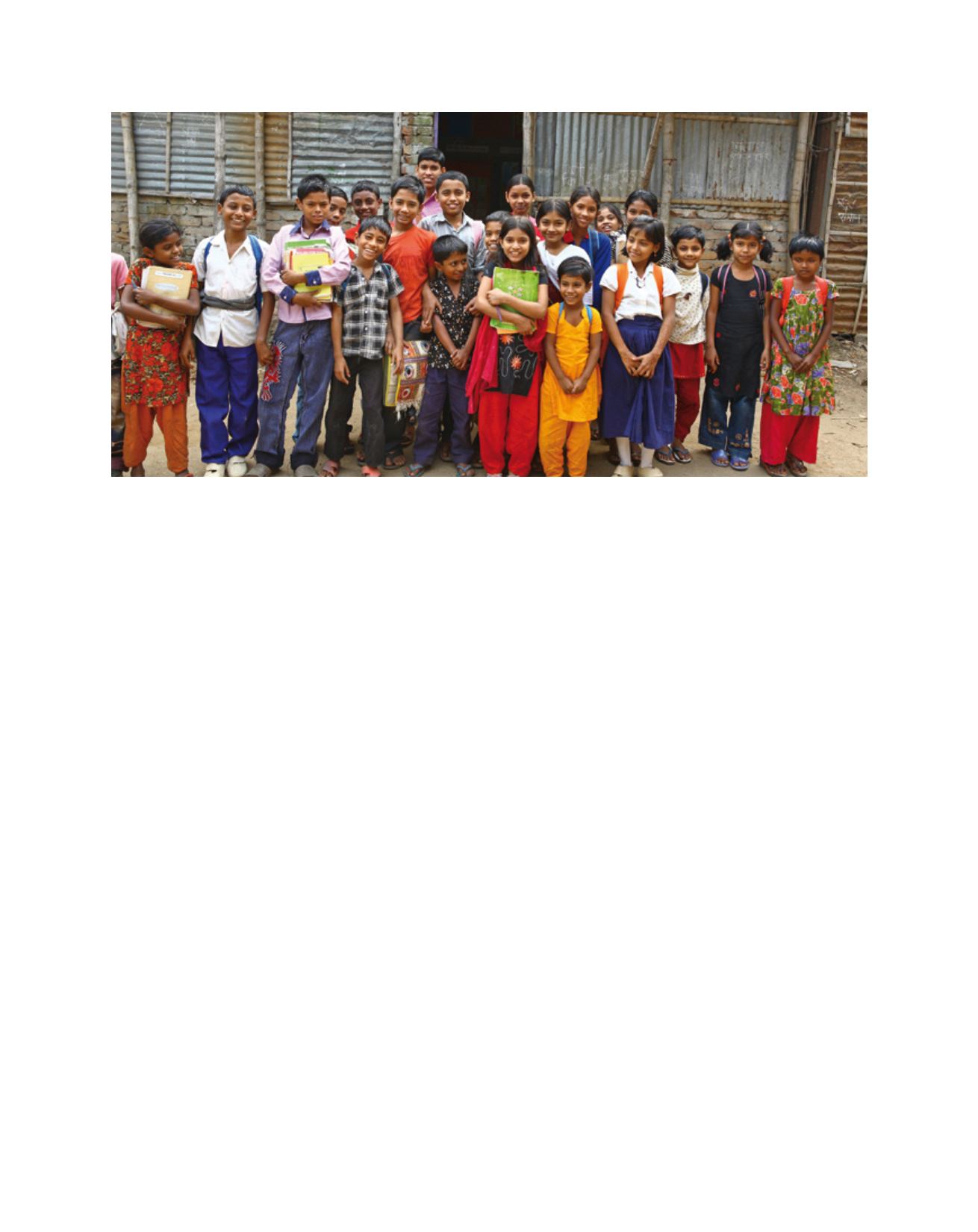

[
] 178
The Dakar Framework for Action 2000 underscores the impor-
tance of tapping into each individual’s talent and potential and
encourages the development of the individual’s personality to
improve lives and transform societies, now and in the future. These
elements find pride of place in the question of quality of education,
which in turn is at the heart of ESD.
The issue of quality education underscores the principle of learner-
friendliness. To this end, it concentrates on the holistic development
of individuals, empowering them to participate and perform in every
learning environment that they encounter. By focusing on the needs
of every learner, quality education lends support to the aims of the
human capability approach.
The human capability approach: tapping into human potential
The first UNDP Human Development Report in 1990 proposed that
human welfare should be considered the goal of development and
that there was a perceived need ‘‘to shift the focus of development
economics from national income accounting to people centered
policies’’.
4
The Human Development Index (HDI) was a result of
deliberations around this concept. It was Amartya Sen’s work on
capabilities and functionings that provided the underlying concep-
tual framework for the development of the HDI. Sen roped in ideas
and issues that were excluded from the traditional discourse on the
economics of welfare and brought in a whole new dimension of the
realization of full human potential.
Education is valuable as an end in itself and has been identified
by Sen as a capability to meet basic needs. For education to fully
enhance development, it is required that the learning needs of all
are met through equitable access to education of such quality that
it leads to learning outcomes that enhance the freedom to do, to be
and to know. To this end, the capability approach must be seen in
terms of learning outcomes.
The capability approach looks at what education empowers
people to achieve. This fits well with the intentions of ESD – to help
people solve problems and to think critically and in a systemic way.
It would be an element of consideration for developing
the assessment framework for ESD learning outcomes.
The linkage between quality education, ESD and
the human capability approach are evident. To this
end, the work around indicators for quality educa-
tion (among a variety of other issues), which has been
developed over the years to inform the development
of the
Global Monitoring Report
for Education for
All, is another element that could provide support to
develop the assessment framework for ESD learning
outcomes.
UNESCO’s post-decade role
The linkages between the four elements described
above certainly have common ground but there is much
work to be done before they could be used together
to develop a tool for assessing ESD learning outcomes.
If change to ensure a sustainable future is what lies at
the heart of the education for sustainable development
enterprise, then it is essential to equip people with a
mechanism to assess what (if anything) has changed,
and whether it is taking them to the desired goal of a
sustainable future.
As lead agency for the decade, UNESCO has initiated
the process of transformation by promoting, imple-
menting and advocating for ESD. If this momentum is
to be maintained, UNESCO needs to initiate thinking
around the issue of its contribution post-decade.
His Royal Highness the Prince of Wales told the
Copenhag en Climate Summit in December 2009: “Just
as mankind has the power to push the world to the
brink, so, too, do we have the power to bring it back
into balance.” UNESCO, on the strength of its work
related to ESD during the Decade as well as beyond it,
has the power to contribute to restoring that balance.
Human development: a key to poverty reduction
Image: © UNESCO/Carol Ecker
















